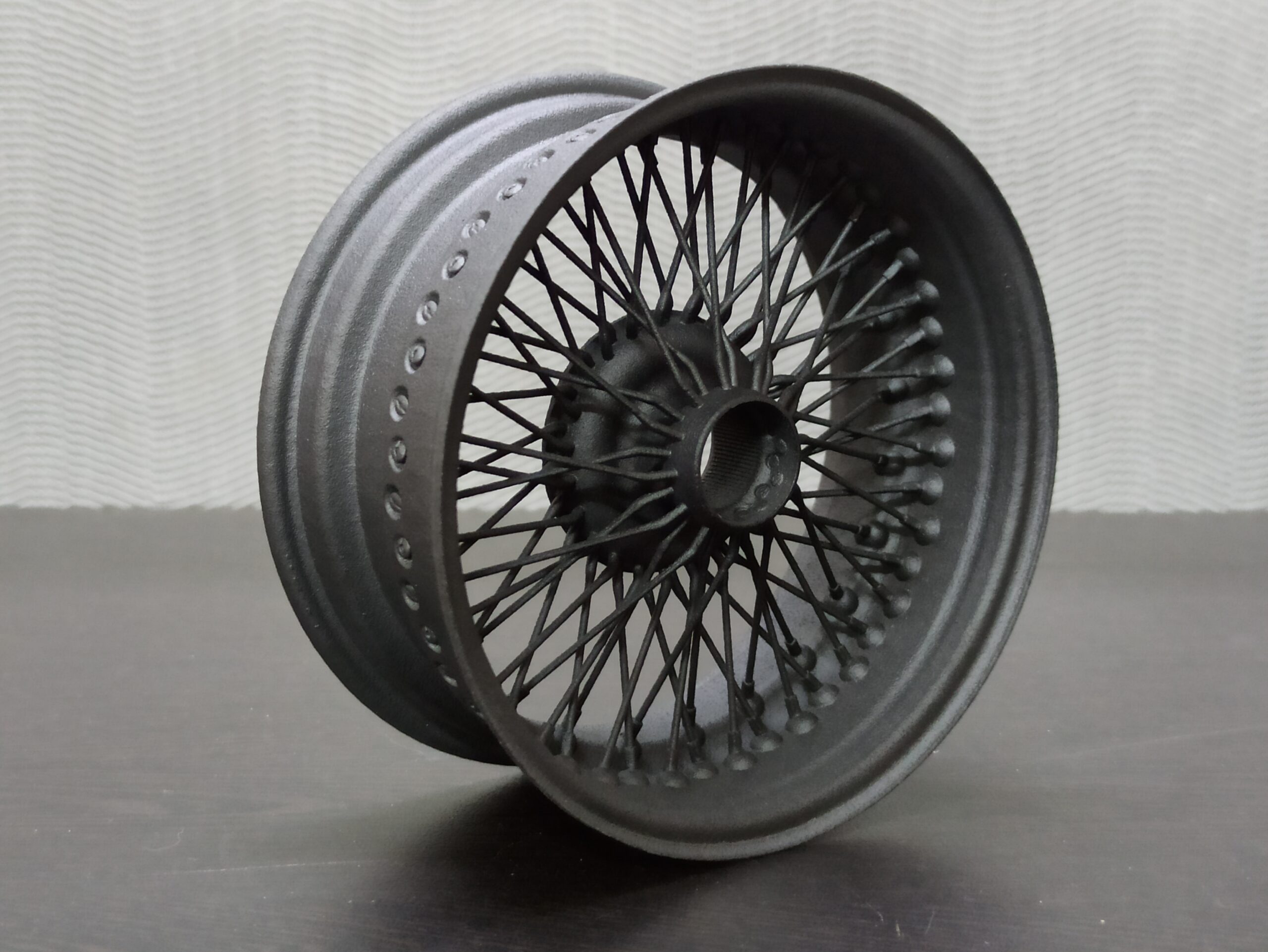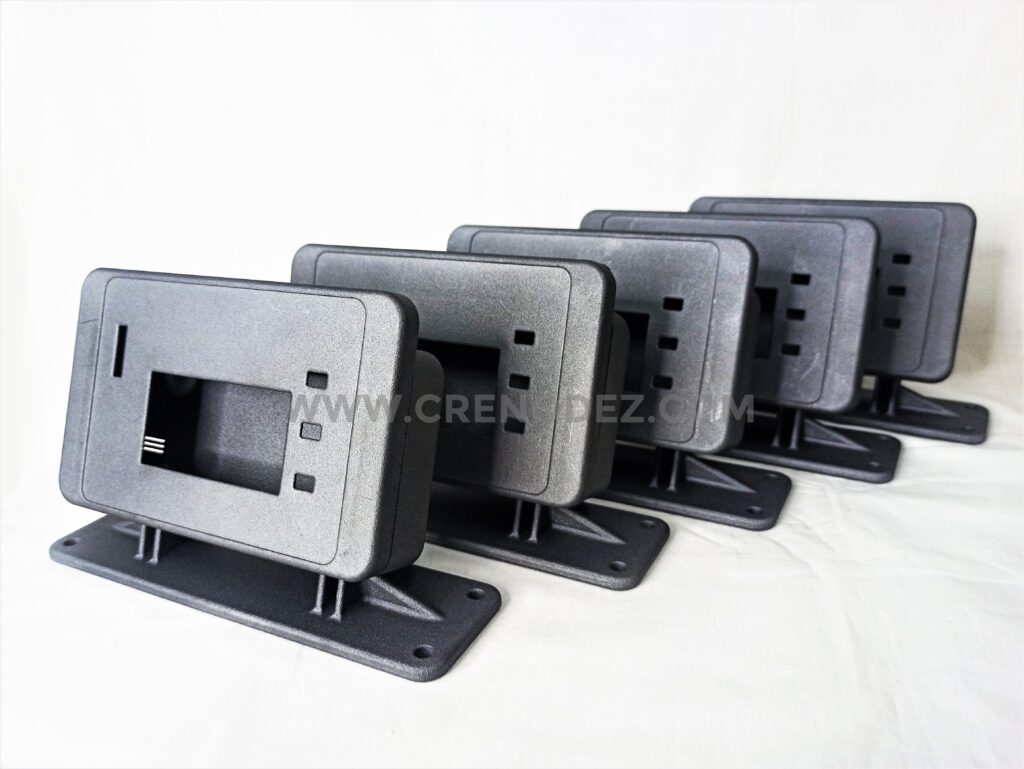CAD Design, Rapid Prototyping Services & On-Demand Manufacturing Services
Engineering Design & CAD Services
Start your project with a manufacturable design. Our expert engineers provide end-to-end CAD design services, from 2D drafts to 3D solid models. We specialize in Design for Manufacturing (DFM), ensuring your part is optimized for cost-effective rapid prototyping and full-scale production from day one.


Advanced 3D Printing Services
Transform your design into a physical part in as little as 24 hours. Our advanced 3D printing services are the core of our rapid prototyping capabilities. We cover every need, from high-detail SLA models to robust, end-use parts in MJF Nylon and DMLS Metal. We offer a full spectrum of technologies to meet your exact specifications.
Precision Manufacturing & Machining
Scale from prototype to production with our high-precision contract manufacturing services. Our capabilities include 3, 4, & 5-axis CNC machining, Wire EDM, Sheet Metal Fabrication, and Injection Moulding. As an ISO 9001-certified partner, we deliver high-accuracy plastic and metal parts at any volume.

Talk With Our Expert Engineering Team
Be it for 3D printing or material consulting or CAD Modelling, we have experts on board who can guide you through the process.
Your Partner for Mission-Critical Engineering

Customer Support
Customer support is not a department in Crenodez, it is our entire company.

Rapid Response Rate
We work around the clock to respond instantaneously to all of your queries.

On-Time Delivery
Time is Money, and we make sure you invest your time in our services for excellent returns.

Client Relationship
We ensure to provide you with the best experience from the initiation till delivery.

Data Confidentiality (NDA)
We are open to sign NDA and your data is always kept confidential and safe in our cloud data base.

Uncompromising Professionalism
We maintain internal standard to make sure your are delivered with more than expected.
